In the heart of China's Sichuan province, Chengdu has emerged as an unlikely epicenter for the country's most explosive trap music scene. Far from the coastal megacities typically associated with cultural innovation, this basin city has cultivated a sound that resonates across the nation, defying geographical expectations and redefining China's hip-hop landscape.
The story of Chengdu's trap phenomenon begins with its unique cultural environment. Unlike Beijing's political gravity or Shanghai's commercial intensity, Chengdu has long maintained a reputation for leisure, spice, and creativity. This laid-back atmosphere, combined with the city's historical role as a cultural crossroads in southwestern China, created fertile ground for artistic experimentation. Local artists found they could blend traditional Sichuanese elements with global trap influences, creating something genuinely distinctive.
Higher Brothers' breakthrough in 2017 marked Chengdu's arrival on the international stage. Their viral hit "Made in China" demonstrated how Chengdu artists could simultaneously celebrate their local identity while appealing to global audiences. The group's success proved that trap music from this inland city could compete with, and even surpass, output from China's traditional cultural capitals.
What makes Chengdu trap particularly compelling is its linguistic innovation. Artists developed a distinctive flow using Chengdu dialect mixed with Mandarin, creating rhythmic patterns that differ noticeably from northern Chinese rap styles. This dialectical flavor gives the music an authentic local character while remaining intelligible to national audiences. The lyrical content often reflects Chengdu's specific urban experience - from references to hotpot and tea houses to commentary on the city's rapid modernization.
The infrastructure supporting Chengdu's trap scene developed organically through dedicated local venues, independent labels, and digital platforms. Clubs like Nu Space and Little Bar provided crucial performance opportunities, while labels like CDC (Chengdu Rap House) and 88rising's China operations offered institutional support. Meanwhile, streaming platforms particularly NetEase Cloud Music became essential discovery tools, allowing Chengdu trap to bypass traditional media gatekeepers.
Economic factors also played a significant role in the scene's growth. Compared to first-tier cities, Chengdu's lower living costs allowed artists to pursue music full-time without extreme financial pressure. The municipal government's supportive cultural policies, including music industry incubators and festivals, further accelerated development. Meanwhile, the city's large student population from Sichuan University and other institutions provided both performers and audiences for the emerging scene.
Chengdu's geographical position paradoxically contributed to its musical distinctiveness. Rather than imitating trends from Beijing or Shanghai, physical distance allowed Chengdu artists to develop their sound independently. They looked outward to Atlanta and Memphis as much as to domestic influences, creating a hybrid style that felt fresh within the Chinese context. This combination of global trap aesthetics with local Sichuan flavor became the scene's signature innovation.
The visual aesthetic of Chengdu trap also set it apart. Music videos frequently feature the city's contrasting landscapes - ancient temples against gleaming skyscrapers, crowded markets beside expansive parks. This visual language emphasizes the coexistence of tradition and modernity that characterizes both the city and its music. Fashion choices blend international streetwear brands with local designers, creating a style that's simultaneously global and distinctly Chengdu.
Social media proved crucial in amplifying Chengdu's sound beyond the basin. Douyin (Chinese TikTok) challenges featuring Chengdu trap songs went viral multiple times, introducing the music to millions of new listeners. WeChat groups dedicated to Chengdu hip-hop helped coordinate the scene internally, while Bilibili became an important platform for live performances and documentaries about the artists.
Despite its current prominence, the Chengdu trap scene maintains an underdog mentality that continues to drive innovation. Artists still rap about struggling before making it, about representing their city against more established music centers. This narrative of overcoming geographical limitations resonates with young Chinese across the country who feel excluded from coastal elite culture.
The international music industry has taken notice. Major labels now scout regularly in Chengdu, while collaborations between Chengdu artists and Western rappers have become increasingly common. These cross-cultural exchanges further refine the Chengdu sound, incorporating new influences while maintaining its local character.
Looking forward, Chengdu's trap scene faces both opportunities and challenges. The sound has become commercially successful enough that some worry about dilution of its authentic character. Yet new artists continue emerging from the city's neighborhoods, bringing fresh perspectives and ensuring the scene's ongoing evolution. The very factors that created Chengdu trap - its geographical isolation, cultural distinctiveness, and supportive environment - continue to nurture new generations of artists.
Chengdu's transformation from regional curiosity to national trendsetter demonstrates how cultural innovation can emerge from unexpected places. In breaking the coastal monopoly on Chinese youth culture, Chengdu trap has rewritten the rules of China's music industry. The basin that once seemed to limit the city's horizons instead created the conditions for something genuinely new - a sound that carries the spirit of Chengdu to listeners across China and beyond.

By /Aug 22, 2025

By /Aug 22, 2025

By /Aug 22, 2025
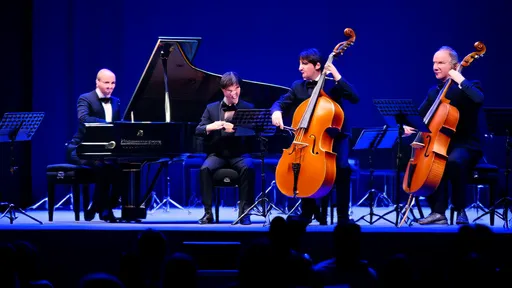
By /Aug 22, 2025

By /Aug 22, 2025
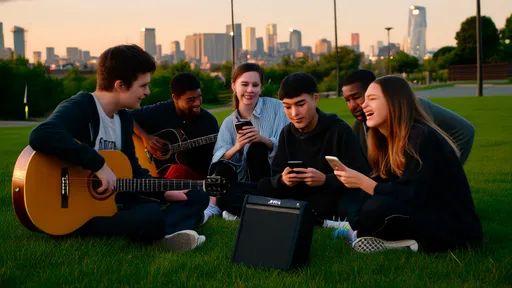
By /Aug 22, 2025
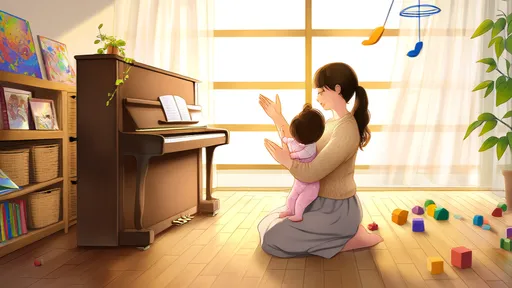
By /Aug 22, 2025

By /Aug 22, 2025

By /Aug 22, 2025

By /Aug 22, 2025

By /Aug 22, 2025

By /Aug 22, 2025

By /Aug 22, 2025

By /Aug 22, 2025

By /Aug 22, 2025
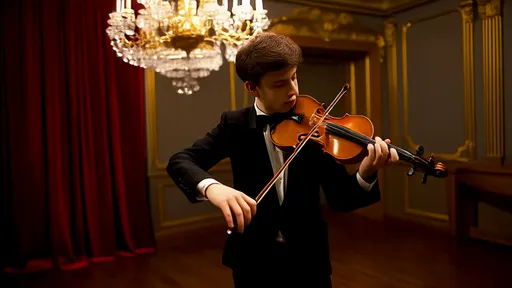
By /Aug 22, 2025
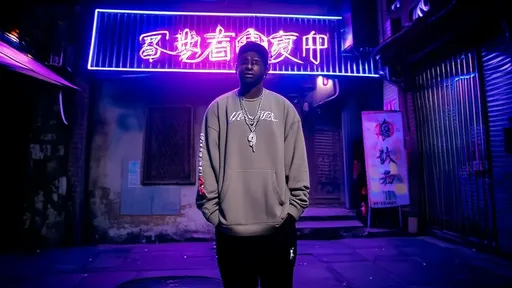
By /Aug 22, 2025
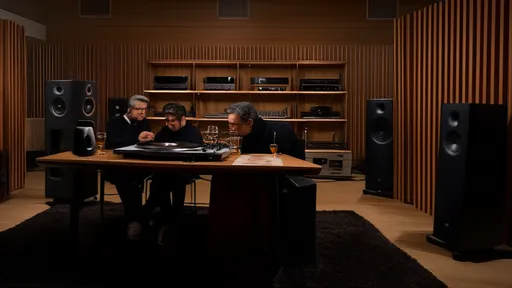
By /Aug 22, 2025
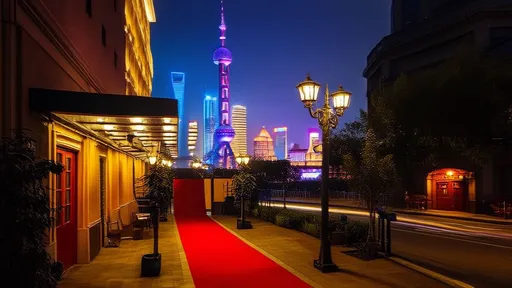
By /Aug 22, 2025
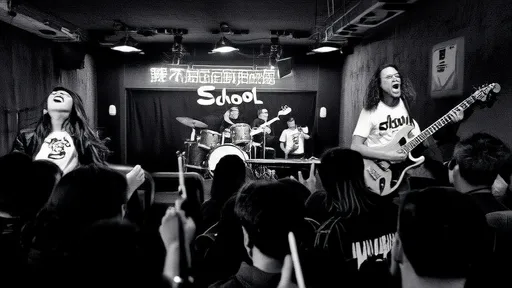
By /Aug 22, 2025